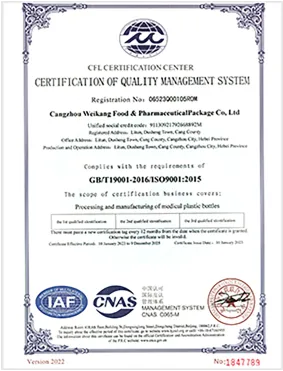blood green plasma separator tube
The Blood Green Plasma Separator Tube An Essential Tool in Modern Medicine
In the realm of medical diagnostics and research, the collection and analysis of blood samples play a crucial role in understanding patient health. Among the various tools and equipment utilized in this process, the blood green plasma separator tube has emerged as a vital instrument, particularly in separating plasma from blood samples efficiently and effectively.
Understanding the Blood Green Plasma Separator Tube
The blood green plasma separator tube is specifically designed to facilitate the rapid separation of plasma from whole blood. This tube features a unique design that incorporates a gel separator, which plays a crucial role during the centrifugation process. When blood is drawn into the tube, the gel remains at the interface between the cellular components and the plasma following centrifugation, effectively creating a barrier. This allows healthcare professionals to obtain plasma samples with minimal contamination from cells, making it ideal for various diagnostic tests.
Typically, the green top of the tube indicates that it contains lithium heparin as an anticoagulant. Heparin is widely used in laboratories because it prevents clotting by inhibiting thrombin, an enzyme that facilitates the coagulation of blood. This property is essential, particularly in situations where quick analysis of blood components is necessary, such as emergency medicine or critical care settings.
Importance in Laboratory Testing
The plasma obtained using the blood green plasma separator tube is not only valuable for routine lab tests, but it is also crucial for specialized assays that require a liquid sample. Many clinical tests, including those that measure electrolytes, certain proteins, and other biochemical markers, rely on plasma. The ability to quickly and accurately separate plasma from cells streamlines the workflow in laboratories and contributes to timely diagnosis.
Moreover, the use of heparinized plasma has advantageous properties in certain analytical methods, particularly in cases where artifacts may arise from the clotting of blood. This ensures that the results obtained are as accurate and representative of the patient’s condition as possible.
blood green plasma separator tube

Applications in Research and Clinical Medicine
Beyond clinical laboratories, the blood green plasma separator tube is instrumental in various research applications. Researchers use plasma samples to study a multitude of conditions, including metabolic disorders, cardiovascular diseases, and infections. By analyzing the biochemical composition of plasma, scientists can gain insights into disease mechanisms, contribute to the development of new diagnostic tests, and evaluate the efficacy of treatments.
Additionally, during clinical trials, the need for consistent and precise sample collection is paramount. The standardization offered by the blood green plasma separator tube ensures that plasma samples are collected and processed uniformly, minimizing variability in experimental results.
Best Practices for Use
For optimal performance, healthcare professionals handling blood green plasma separator tubes should adhere to several best practices
1. Proper Blood Collection Use a proper technique for venipuncture to prevent contamination and hemolysis of samples. 2. Inversion of Tubes After blood is drawn, the tube should be gently inverted several times to ensure that the anticoagulant is thoroughly mixed with the blood. 3. Centrifugation Following the recommended centrifugation parameters is critical to achieving effective plasma separation. 4. Timely Processing Samples should be processed as soon as possible to avoid degradation of analytes.
Conclusion
The blood green plasma separator tube represents a cornerstone of modern hematology and diagnostics. Its design, incorporating lithium heparin and a gel separator, facilitates the efficient separation of plasma, thus ensuring accurate and reliable results in both clinical and research settings. As our understanding of diseases evolves and new diagnostic techniques emerge, the importance of such tools will continue to grow, underscoring the essential role of innovation in the medical field.
-
Aesthetic Makeup Spray Bottles | Fine Mist Empty RefillableNewsAug.19,2025
-
White Plastic Veterinary Vaccine Vials | Lab Liquid BottlesNewsAug.18,2025
-
Plastic Medicine Liquid Bottle: Secure Flip Top Drug VialsNewsAug.17,2025
-
Durable 250ml Blue Plastic Vaccine Vial for Lab & Vet UseNewsAug.16,2025
-
Sterile Virus Sample Tubes: Secure & Reliable Specimen CollectionNewsAug.15,2025
-
White 250ml Plastic Vaccine Vial for Lab & Vet MedicineNewsAug.14,2025
























